Sniffing out trouble: Why canines are still top dogs for airport security
Monocle visits the headquarters of the TSA’s Canine Training Center to learn more about the rigorous training of US airport sniffer dogs.
Deep inside the sprawling Lackland Air Force base in San Antonio, Texas, is the headquarters of the Transportation Security Agency’s (TSA) Canine Training Center (CTC), where Monocle rolls up on a foggy day to see a man about a dog. Or, perhaps we should say, several dogs. If you have seen a working canine in a US airport, there is a good chance that it, as well as its handler, has spent as long as four months here, undergoing an intense training regimen. The 300-plus dogs that are trained here every year are split into two groups: those that search planes, vehicles and other stationary objects, and those that search people. Unlike the detector dogs employed by agencies such as US Customs and Border Protection, which can search out drugs and money, or “biosecurity” dogs in countries such as Australia, trained to look for undeclared agricultural items and invasive species, CTC dogs are looking for just one thing: explosives.
“We are the world’s largest canine explosive-detection programme,” says Zebulon Polasek, the director of the CTC, while standing in the facility’s lobby on a rug emblazoned with the US flag and a pack of dogs. TSA spokesperson Patricia Mancha adds that, for obvious reasons, the agency does not divulge which specific explosives its canines are trained to detect. But it can be assumed that these include widely used plastic explosives, such as C-4 and the chemical compound PETN, a favourite of Al-Qaeda, that featured in an abortive 2010 plot in which printer-toner cartridges bearing explosives were placed on board a ups cargo plane and two Qatar Airways flights. Nor does the agency publicise the details of any successful operations.
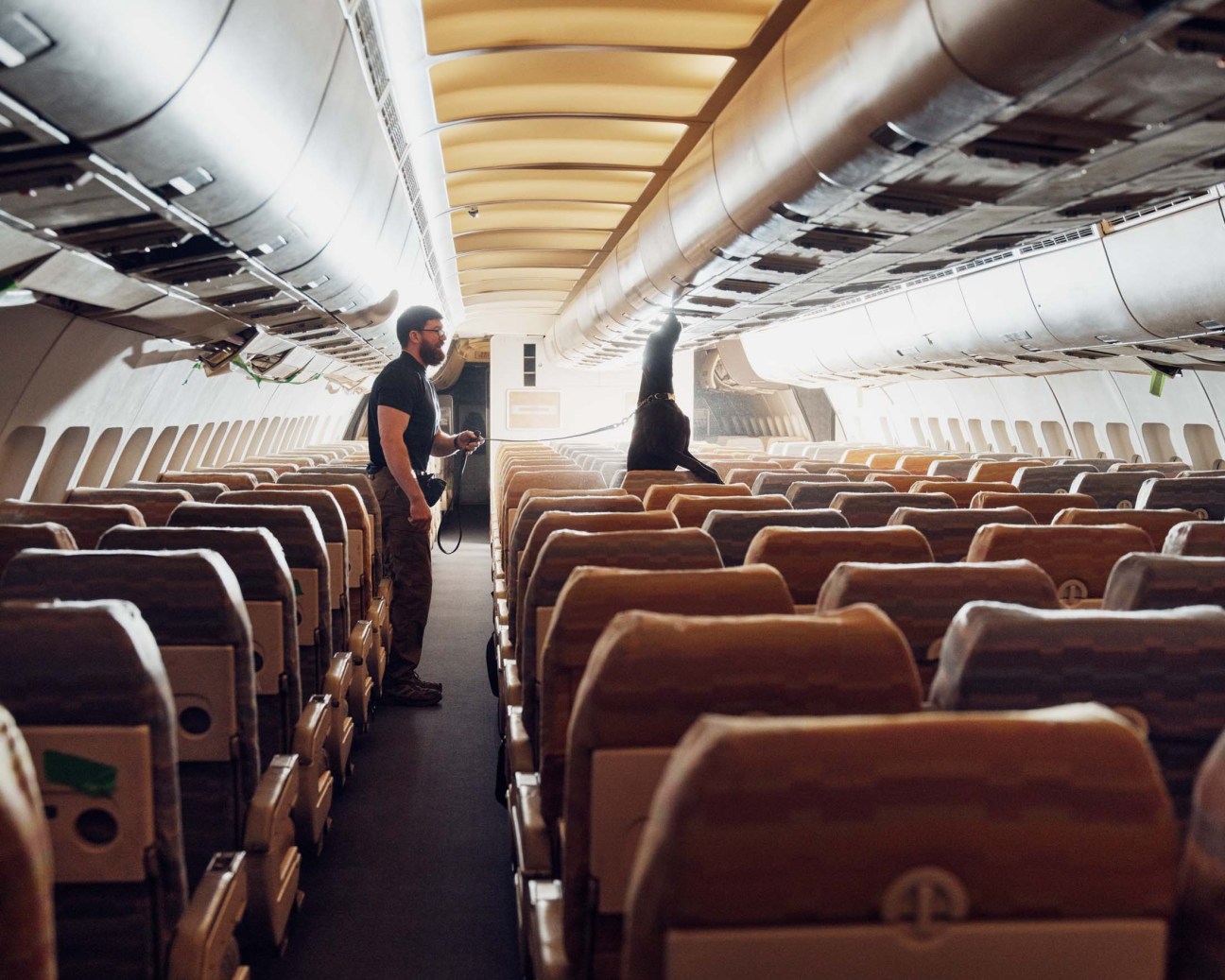
In one of the few glimpses behind the two-way mirror, TSA did report in 2023 that a canine team at Southwest Florida Airport flagged a potentially suspicious employee who, it turned out, had been at a shooting range and was bearing trace elements of gunpowder. But this is hardly at the higher end of the security-threat level that the agency deals with on a daily basis. The TSA was created as a response to the September 11 attacks as a way of centralising, and thereby improving, security at US airports. But as the threat has evolved, so too has the canine training. The 2001 “shoe bomber” and the 2009 “underwear bomber” episodes, for example, necessitated an expansion of focus. “The dogs were used to inanimate, stationary targets such as carry-on bags that didn’t move or breathe,” says James Kohlrenken, the CTC supervisory training instructor. “We came up with how to teach dogs that people are productive ‘items’ to search.”

Given that sniffer dogs will be working in busy, complex travel hubs, with a massive array of stimuli, verisimilitude is key. “It’s important to get them used to the things that they’re going to see out in the airport,” says Frank Duque, a training instructor. “If there’s something that’s going to bother them, we would rather see it early.” So CTC has a variety of simulation environments, including a large warehouse space resembling a baggage-claim area, replete with a conveyor belt; a room filled with two rows of worn airport seating; another that looks like an airport’s kerbside outdoor space; an airport parking lot; a transit rail car and even several decommissioned aeroplanes for onboard searches. And, since airports are filled with noise and people, CTC plays recordings of airport sounds (“I think that they’re on Spotify,” says Corvis Littleton, the CTC’s deputy director) and fills its spaces with people hired as temporary role players for the day. Monocle watches as a brown-and-white spotted German shorthaired pointer eagerly follows the trail of “passengers” pulling empty luggage as they make their way through an imaginary security check while a pair of fans helps to direct any odour the dog’s way. Why not just round up TSA personnel to be actors?
“The dogs are so smart that they can sense who works for the TSA,” says Mancha. Even the limited number of role players – and luggage – is a challenge, as the dogs will begin to pair certain odours with certain people and bags. At airports, with their multitude of people and smells, the “dogs don’t have the opportunity to generalise”, says CTC trainer Ryan Kelly. Every minute brings new people from new places, carrying new things. The dogs that graduate from the CTC – about 80 per cent of each class – will join one of the 1,000-strong K9 teams distributed across some 100 US transportation hubs, most of them airports. Occasionally, they will be dispatched to special events, such as the Super Bowl. At this year’s NFL showpiece, TSA teams inspected the 83,000-seat Caesars Superdome in New Orleans before kick-off. While the TSA shares no details of any successful canine operations, the entire CTC programme owes its existence to a very highly publicised case. On the morning of 7 March 1972, the New York headquarters of Trans World Airlines (TWA) was advised, via an anonymous phone call, to inspect a rental locker at John F Kennedy Airport (JFK). Inside was a note warning that bombs on four twa aircraft would be detonated over six-hour intervals unless $2m was placed in two duffel bags and transferred to the unknown caller. TWA scrambled into action, ordering any airborne planes to immediately head for the closest available airport. One of those flights, a Los Angeles-bound Boeing 707, was sent back to JFK.
There, minutes before detonation, a police officer with a bomb-sniffing German shepherd named Brandy found a sizeable chunk of C-4, the plastic explosive, in a large black briefcase labelled “crew”. The plot, one of many amid the infamous golden age of skyjacking, was no hoax. The next morning, a bomb blew out the cockpit of a different TWA plane, which had landed hours before, as it sat – fortuitously unoccupied – on the tarmac at Las Vegas’s McCarran International Airport. In the end, the ransom was never delivered and to this day the identity of the plotter remains a mystery. But their actions had immediate effect: the creation of the Federal Aviation Administration’s Explosives Detection Canine Team. A year later, 40 sniffer-dog teams were stationed across more than 35 airports. The programme continued to grow, via various bills and a more complex security environment, into today’s CTC (housed at Lackland, it turns out, because the base is also home to the 341st Training Squadron’s Military Working Dog programme, which trains canines in explosives and narcotics detection).
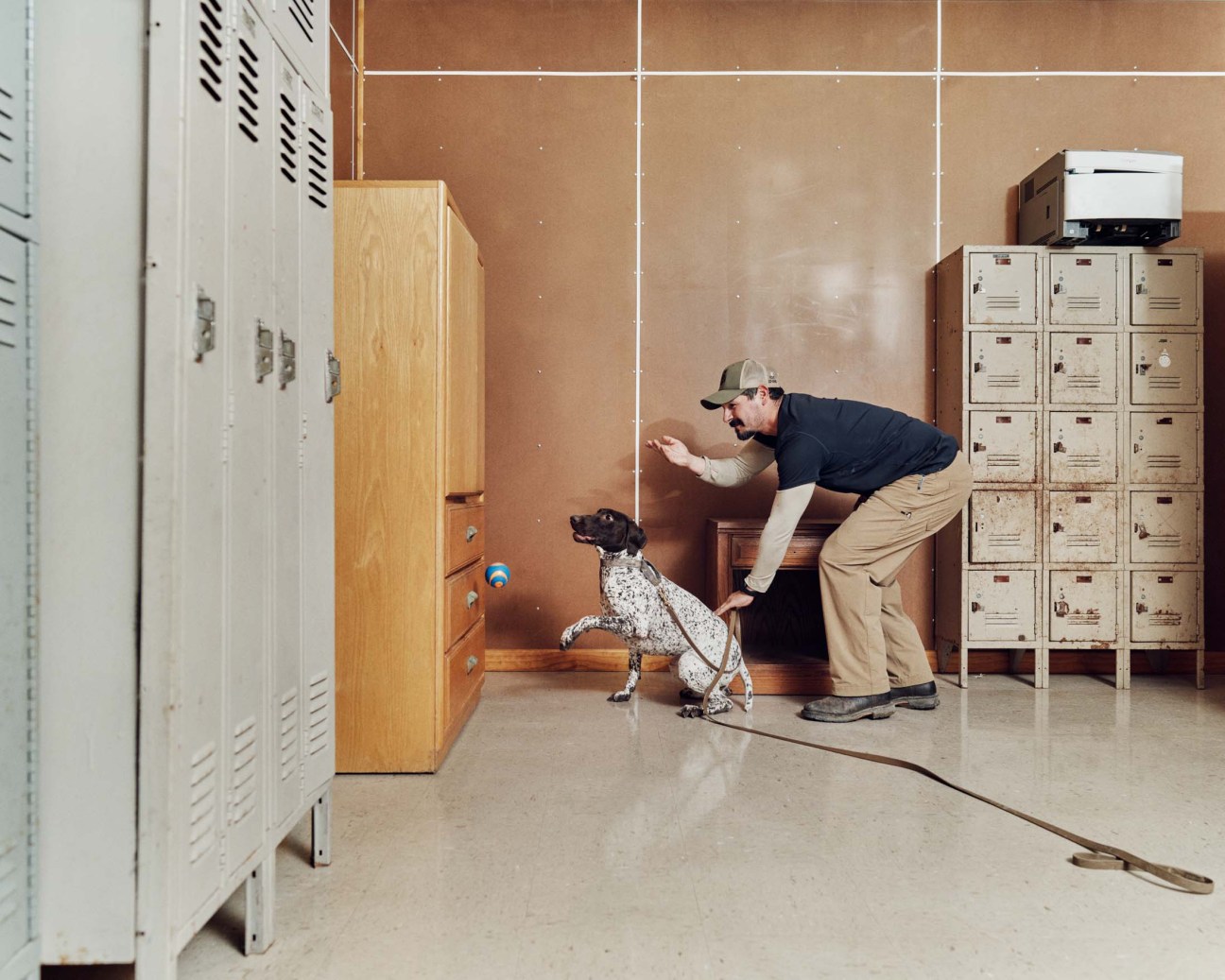
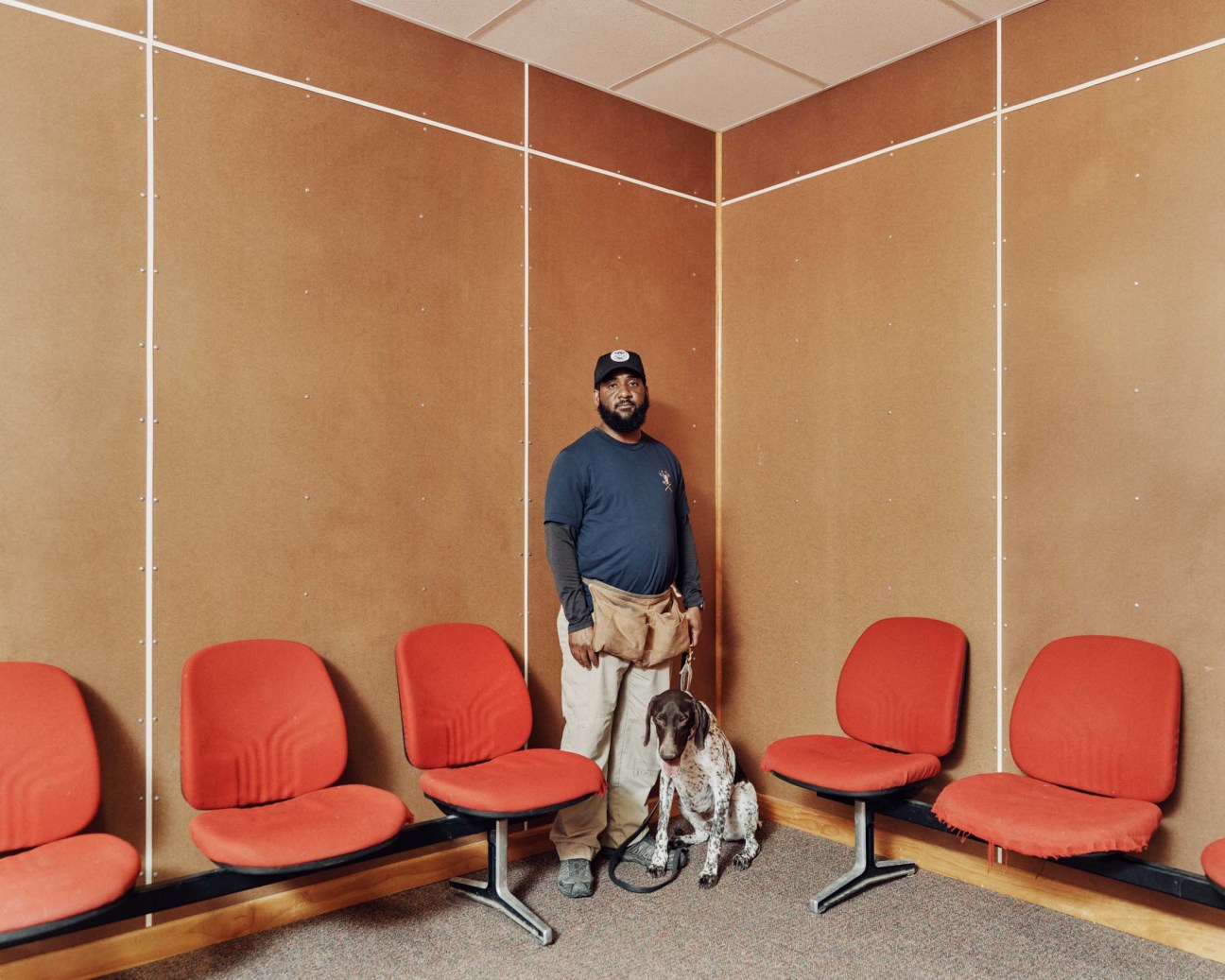
Today, the TSA works with five dog breeds, from pointers to Belgian Malinois, with which it has “found a good return on investment”, says Polasek. Dogs are divided between “pointies” and “floppies” – depending on the shape of their ears – with the latter tending toward passenger-facing roles and the former straightforward explosive detection. This has more to do with human perception than any of the dogs’ abilities. “If you have a big German shepherd at a checkpoint and you’re with your family, that’s a little different from having a floppy-eared lab,” says Polasek. “We try to stick with the pointy ears in traditional law enforcement – that’s from a public acceptability point of view, not that they’re better at one than the other.”
While the dogs do have incredible perceptual abilities, they still need to be rigorously trained. Dogs arrive at CTC from a select list of breeders after passing some initial testing. There is a sweet spot, age-wise, for a rookie canine. “It has to be at least a year old,” says Polasek. “But two is ideal.” Before student handlers arrive, the dogs are “pre-trained” for six to eight weeks to learn how to work a room and how to smell one odour. This is done according to classic “conditioned stimulus” animal-training principles, pairing a reward with a successful identification. Curiously, no food is ever used, just a tennis ball. “Using food works,” says Polasek. “But when you’re working with dogs that are in an airport environment, there’s food everywhere.” A food-trained canine might get distracted enough by the plethora of refreshments in an airport to take their nose off the job. This is also one of the reasons why the TSA warns passengers not to pet airport dogs.
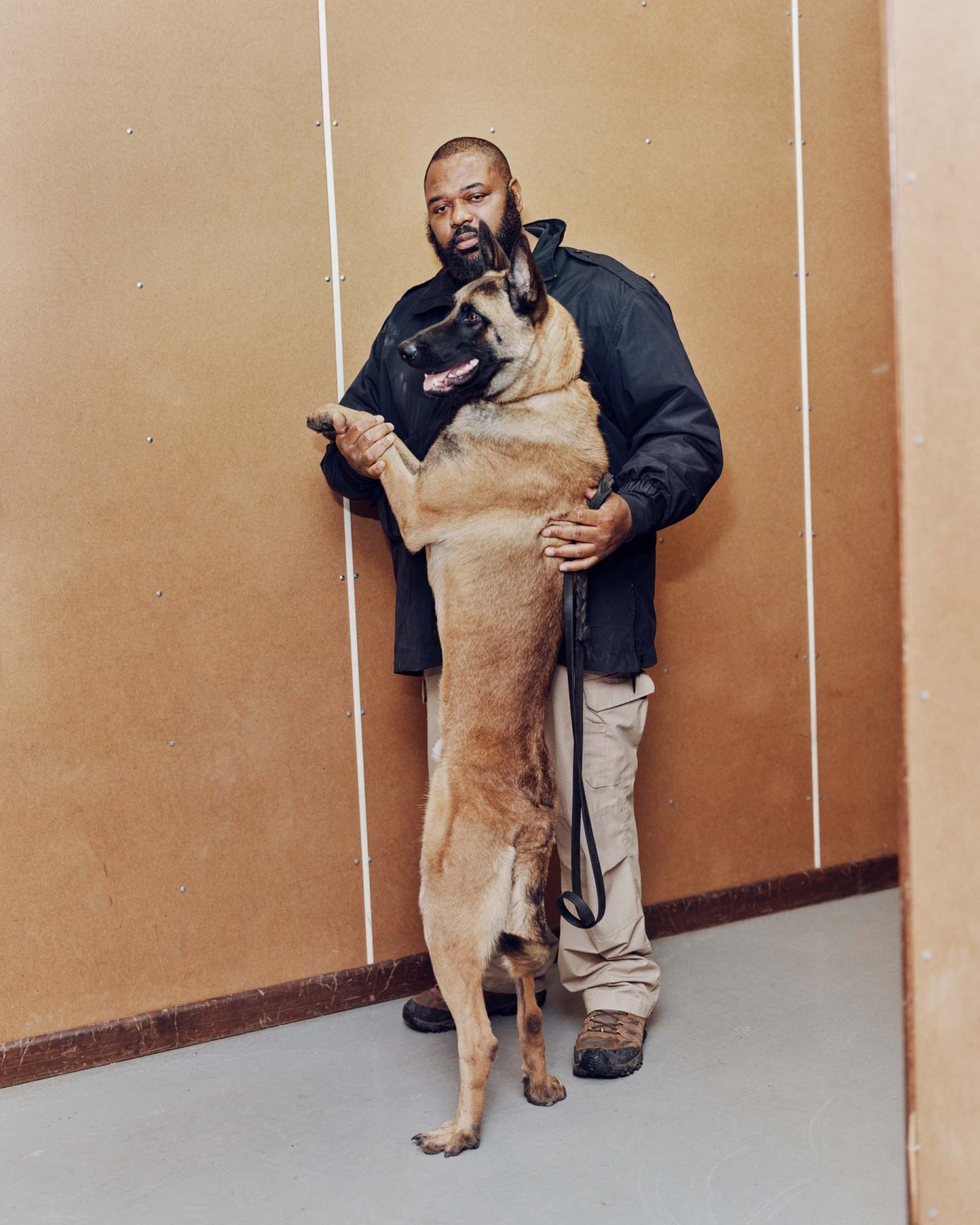
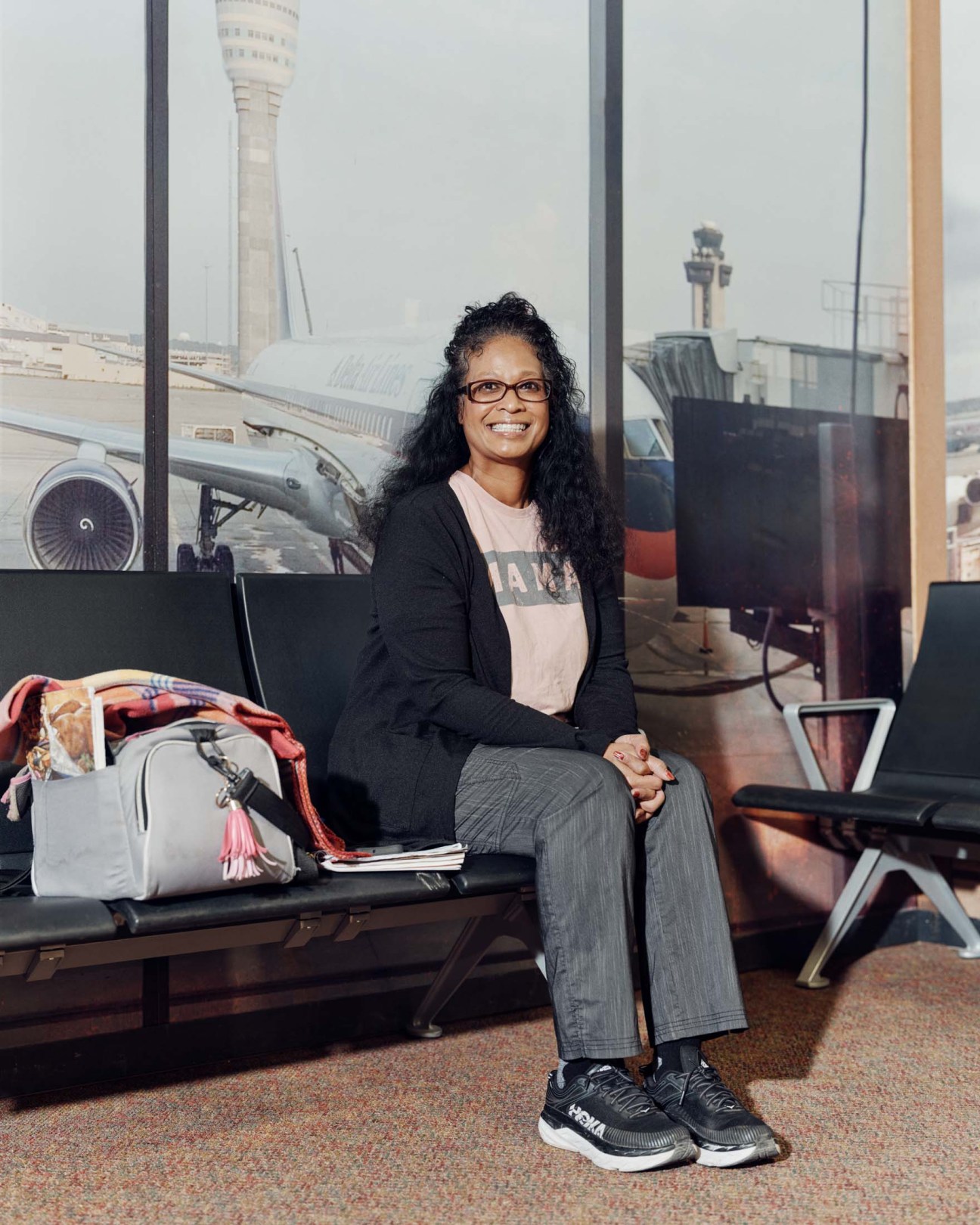
“Our floppy-eared dogs, they love to be petted,” says Justin Panter, a former TSA canine handler and now an instructor at CTC. “And if you start petting them, they may value that more than their job.” For dogs with sufficient “drive”, as trainers call it, the ball is payment enough. Monocle is taken to one of the 20 barrack-like buildings that, in addition to the headquarters, belong to the CTC. There, in a room whose interior has been outfitted with aeroplane-style seating (ashtrays in the armrests betray its vintage) a CTC trainer has a two-year-old German shorthaired pointer named Mondo (as in the military, each dog also has an identification number, in this case H604) on a lead. Mondo is moving quickly in and out of the rows of seats, his tail a flurry of motion. At one seat, he becomes particularly excited – and then sits.
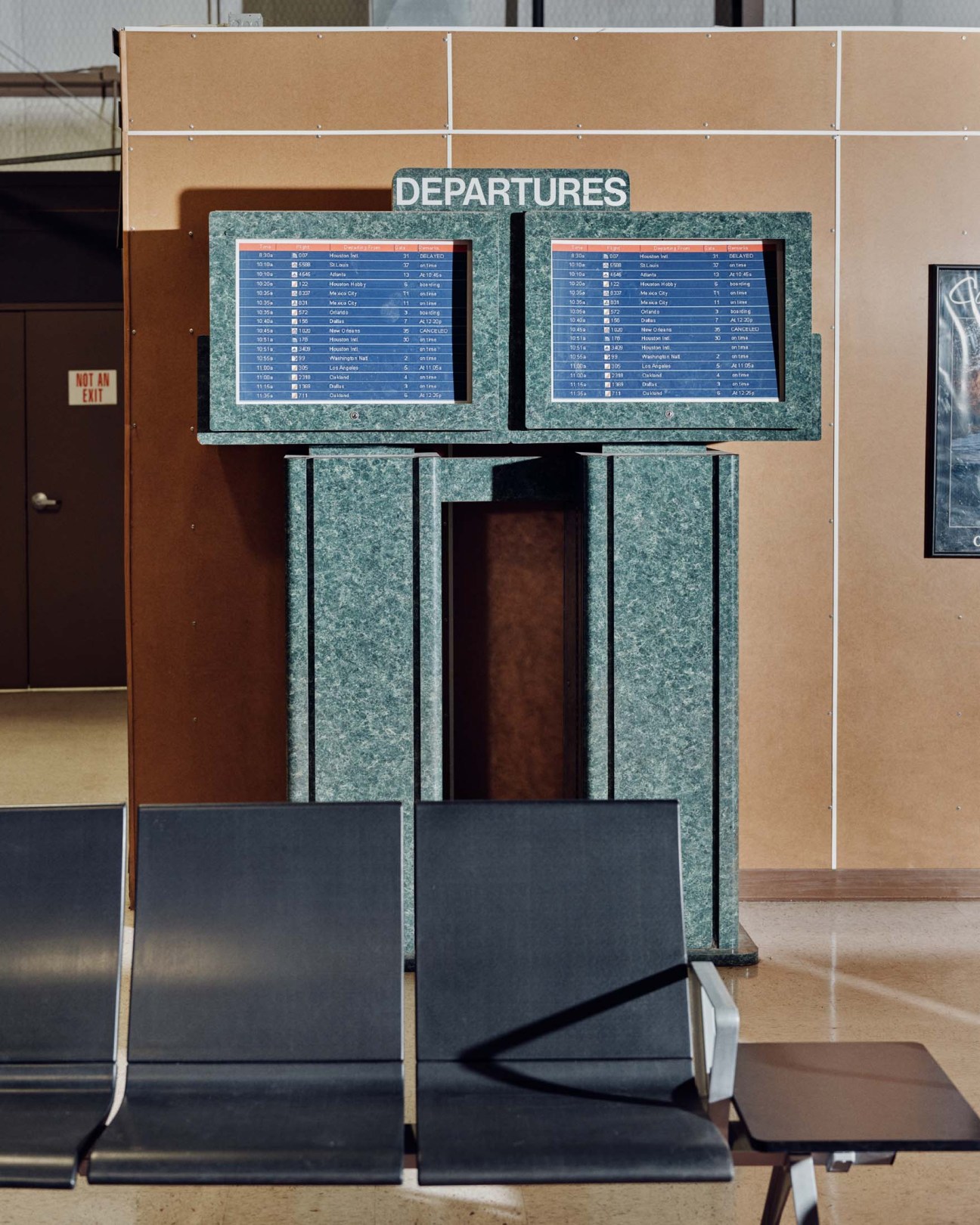
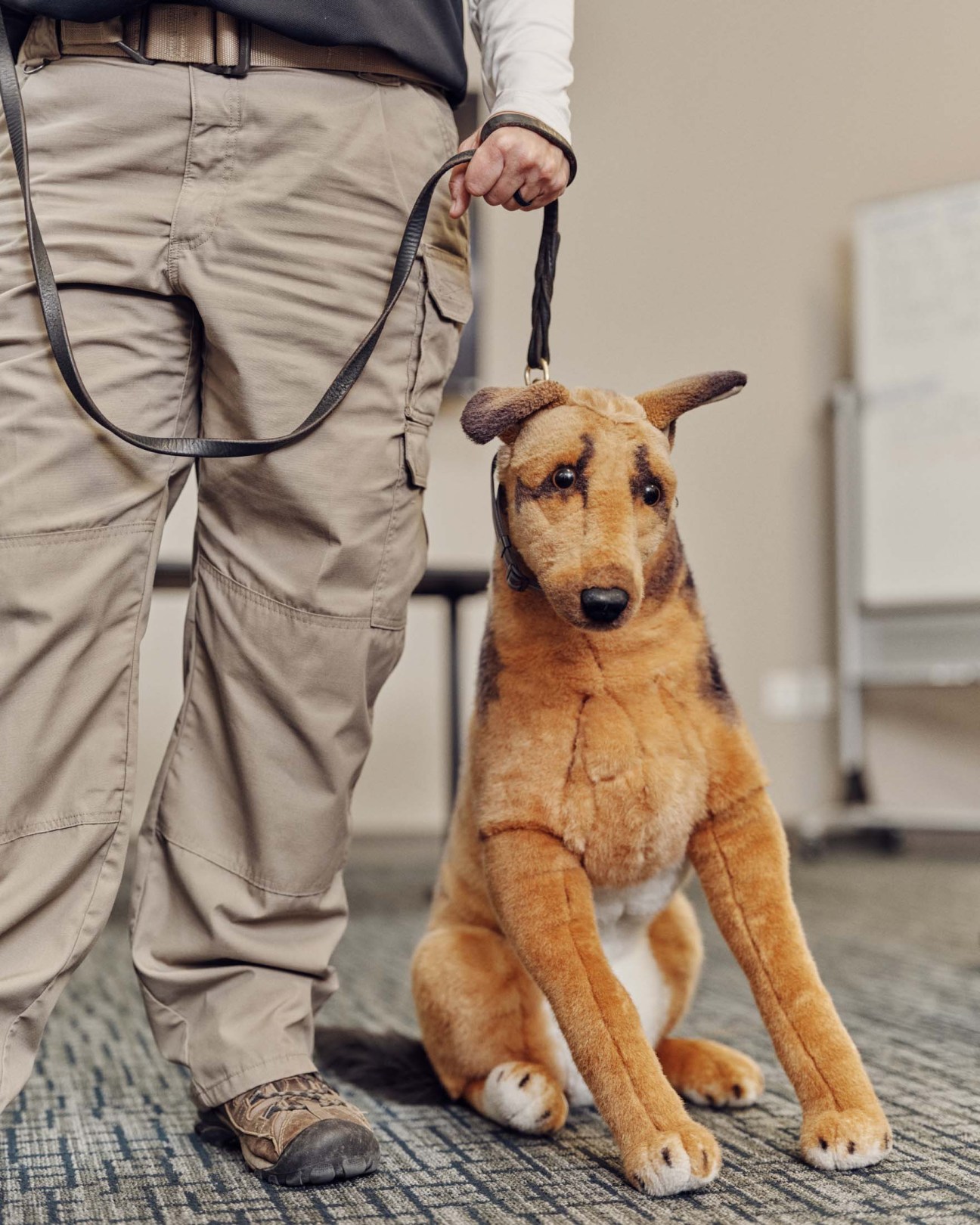
“The sit is one of the passive responses we use to indicate if there’s an explosive odour,” says Duque, his trainer. A dog will show “change” with all sorts of novel behaviours but the sit, itself rigorously trained, represents the definitive response. A tennis ball is proffered to the dog’s exceeding delight. Once the canines are sufficiently trained, they will be introduced to an incoming class of students. One of the first rooms that handlers will enter has a tableful of fluffy toy dogs, which allows students to become proficient with a harness and leash without the time-consuming squirminess of a German shorthaired pointer. “You rarely see one hold still, at any age,” says Panter.
Incoming students are paired with a variety of dogs, with instructors looking for an eventual match. They think about the characteristics of the breed, from personality to environmental considerations (a long-haired shepherd might not be ideal in the heat of Phoenix, Arizona, for instance). But, most importantly, they look for rapport between a dog and handler. Successfully tapping into a canine’s powerful sense of smell requires a handler to be perfectly in tune. When mistakes happen, it’s typically on the human side. “Read the change, make the call” reads a poster hanging in a CTC classroom. “We know the dog has the confidence to alert that there’s some sort of danger ahead,” says deputy director Littleton. “But there’s always going to be a student who potentially doesn’t trust that dog or doesn’t want to shut down the lane because it’s going to affect the airport.”
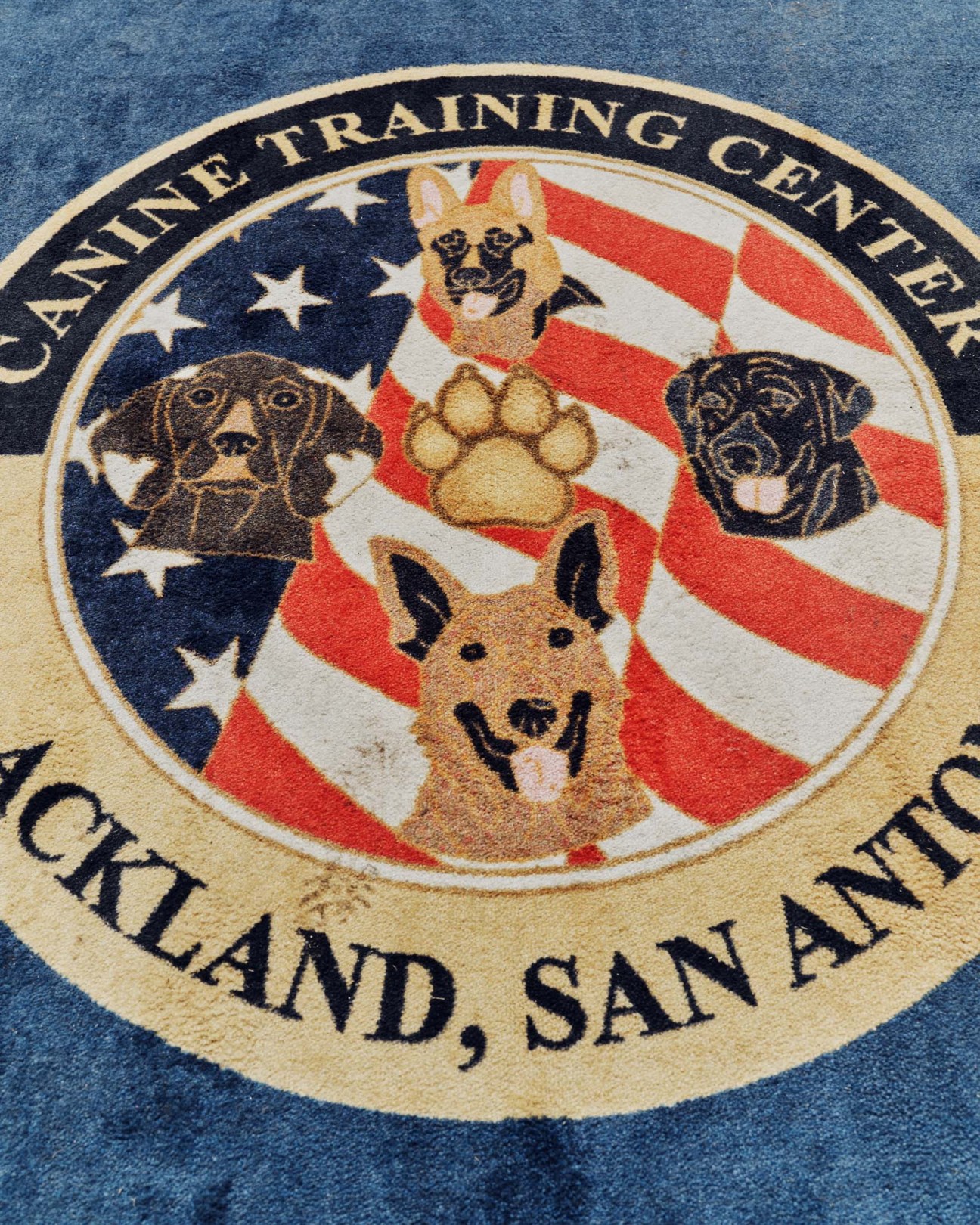
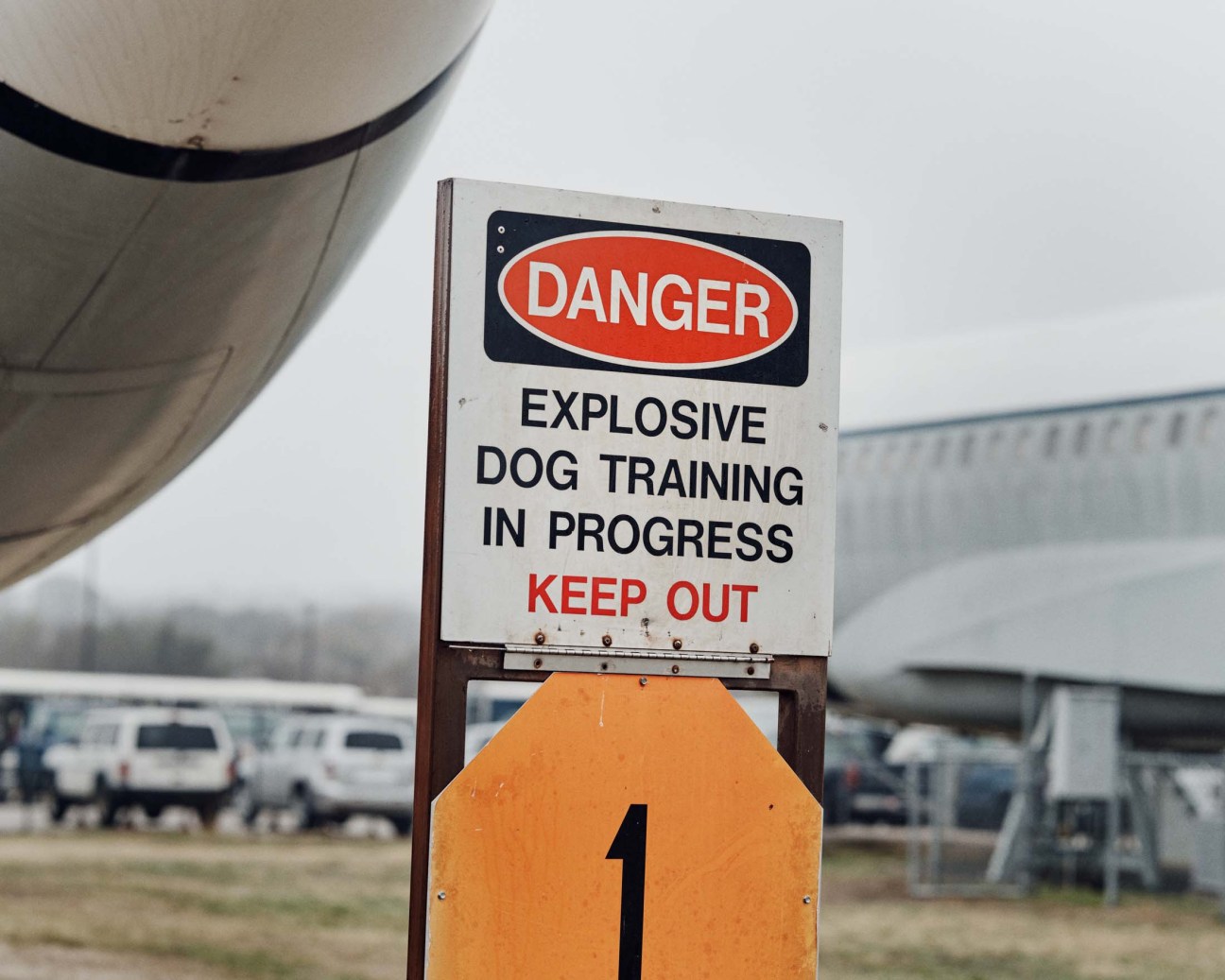
The variability of human-dog interactions, as well as the costs involved in training and maintaining large numbers of canine teams, has prompted a search for automated means of detection. Koniku, a California-based start-up working with Airbus, has been developing a neuro-technological approach that can mimic the olfactory work of dogs. As it points out, its technology is already in use – by dogs – but “canines cannot be scaled”. Still, there’s no sign that the canine teams are going anywhere for the time being. As a report from the US Department of Justice notes, “compared to technology-based ‘sniffer’ systems, dogs have the advantages of superior mobility and the ability to rapidly follow a scent directly to its source”. These are particularly important, the report notes, “for explosives detection applications that involve a significant search component”, such as at airports. Dogs have one other advantage: their very appearance acts as a psychological deterrent for potentially bad actors.
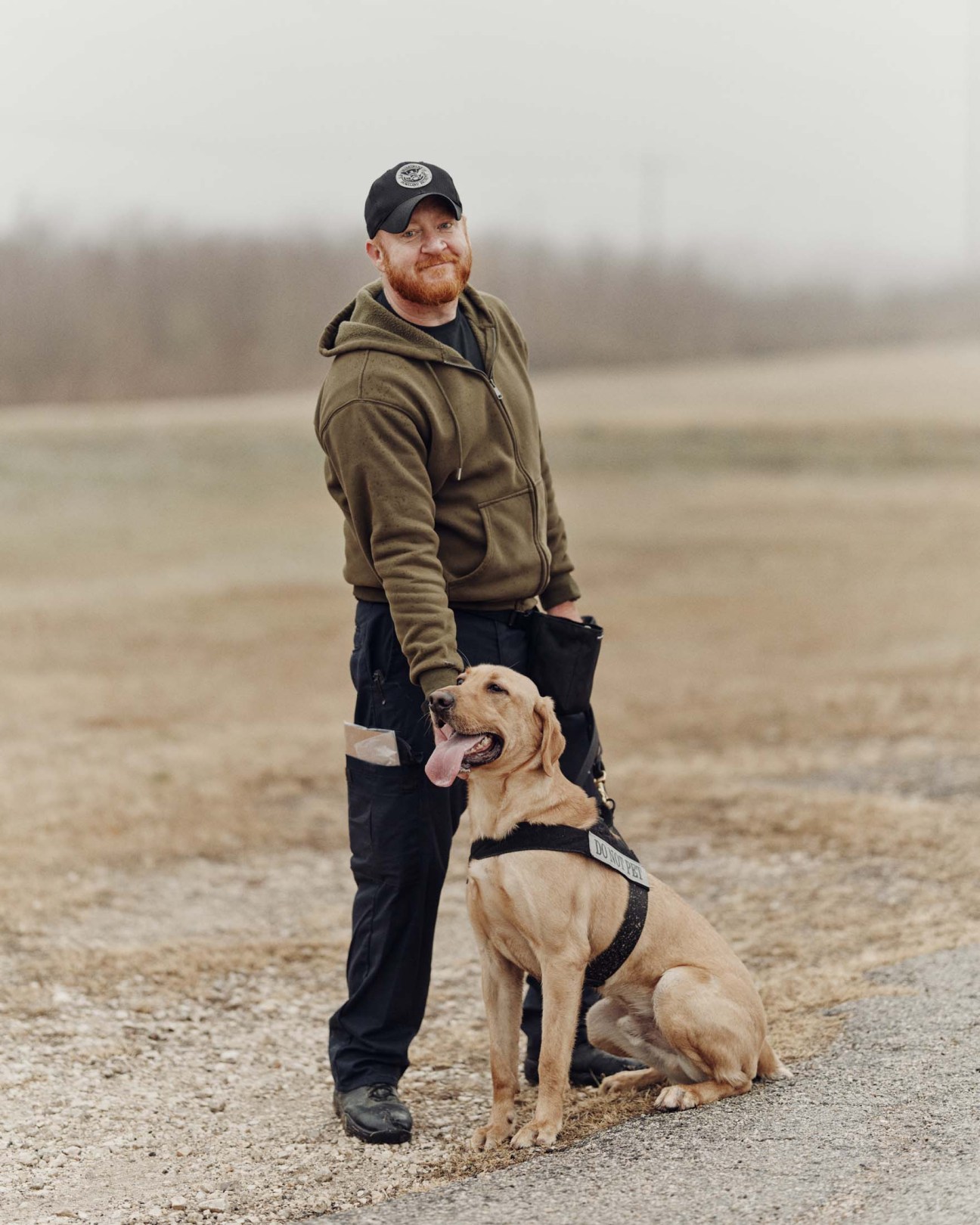

Polasek compares the dogs that eventually make it through the programme and into an airport (at a cost of more than €28,500 each) to professional athletes, carefully scouted and groomed to perform at a high level for a relatively short career – most dogs will age out after about eight years in the field (they are often then adopted by their handlers). “That’s how much effort goes into the veterinary care, the diets, the training,” says Polasek. And at least once a year, they will get a refresh of their training. “There’s no off-season,” says Polasek. “And they’re constantly in the play-offs.”


